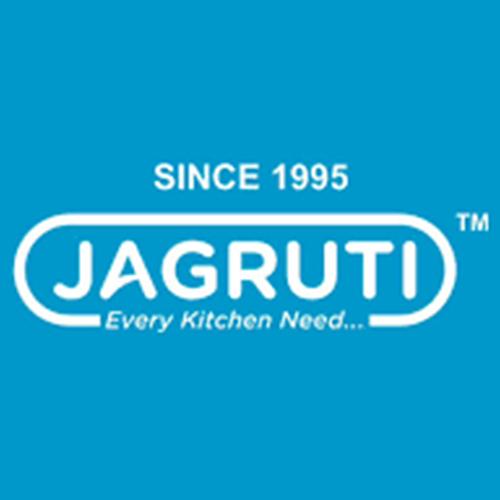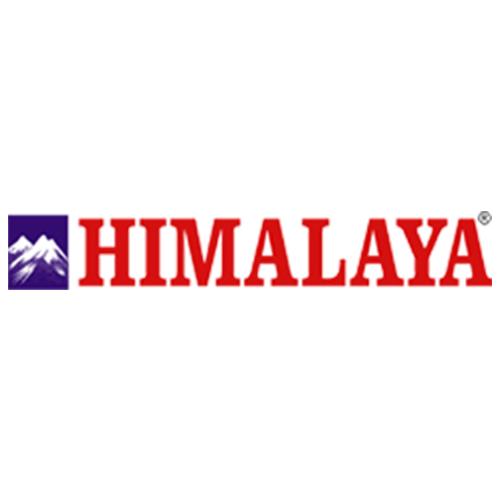Empower Your Business with Superior Inventory Management Software
The Smart Choice for Growth!
As a manufacturer, you understand that one of the most significant tasks in your business is inventory management, particularly if your company prioritizes client happiness. Ineffective inventory control can be costly to your industry.
Human error can occur in excel sheets-driven inventory management when data inputs are disconnected, leading to issues with supply chain, delivery, and many more. Maintaining inventory at several warehouses and manufacturing locations can also become a big burden as your business grows and expands.
What is an Inventory/Warehouse Management System?
Manufacturing, distribution, and supply chain companies can manage all elements of their inventory in real-time with the use of an enterprise resource planning software (ERP) for inventory management. This includes cost management, order processing, stock levels of products and materials, supplier data, and much more.
An effective inventory management system is crucial for businesses to streamline operations and optimize stock levels efficiently. This software enables seamless tracking, organization, and monitoring of inventory, ensuring businesses meet demand while minimizing costs and stockouts.
Why Do You Need Warehouse Management Software?
The most difficult task for any manufacturing or trading business to do is to track and manage inventory.
Without inventory management software you may face the following issues:
- Stock out and overstocking
- Trapping your money in deadstock
- Lack of real-time visibility
- Loss of orders due to stock unavailability
- Inaccurate demand forecasting
- Poor supplier relationships

Maximizing Stock Efficiency with Teknovative Solution's Inventory Management System

Stock Forecasting:
- Stock forecasting optimizes SKU stock levels.
- Minimizes holding costs and maintains operational flow.
- Enhances profitability through efficient purchasing and production planning.
Automated Reordering:
- Automates reordering processes to prevent stockouts during critical times.
- Ensures seamless operations without relying on manual strategies.
- Minimizes potential disruptions that can impact orders and client satisfaction.
Multi-Step Inventory Routes:
- Supports multi-step inventory operations and routes.
- Automates workflows to streamline inventory movements.
- Manages inventory across multiple locations.
- Reduces errors and saves time.
Track Pending & Late Deliveries:
-
Automatically generates pending delivery notifications upon sales order confirmation.
-
Highlights late deliveries in red for immediate attention.
-
Ensures smooth operations and enhances client satisfaction.


Track Pending & Late Receipts
(GRNs) :
- ERP generates pending receipts upon purchase order confirmation.
- Scheduled delivery dates are included for proactive inventory planning.
- Helps minimize delays in inventory management.
Advance Barcode Integration:
-
Barcode integration for efficient picking operations.
-
Enhances speed and accuracy in inventory handling.
-
Optimizes workforce performance.
Track by Serial & Lot Number:
- Enables accurate tracking of products by serial or lot numbers.
- Ensures traceability and compliance with warranty or shelf-life requirements.
- Enhances product management efficiency.
Track Products Expiry:
-
Facilitates FEFO-based product movement planning.
-
Ensures timely consumption or dispatch of recyclable items.
-
Minimizes waste and optimizes inventory turnover.


Manage Multiple Warehouse & Location:
- Effectively manages stock at various warehouses and sites.
- Optimizes procurement processes.
- Reduces dead stock.
- Improves financial efficiency for large organizations.
Dynamic Inventory Analysis Dashboard:
-
Real-time reporting on stock movements, forecasts, and valuation.
-
Empowers timely decision-making.
-
Maximizes profitability and operational efficiency.
How Do ERP Systems Enhance Stock Management Efficiency?
Implementing an ERP system significantly boosts inventory management by streamlining processes and enhancing visibility. ERP software integrates inventory data across departments, providing real-time insights into stock levels, orders, and forecasts.
This centralized approach minimizes stockouts, reduces excess inventory, and improves order accuracy. With features like automated replenishment and forecasting algorithms, ERP systems optimize inventory turnover and reduce carrying costs.
Businesses benefit from improved decision-making, operational efficiency, and customer satisfaction, ensuring they stay competitive in dynamic markets.
The Unseen Advantages of an Inventory Management Software
Enhanced Inventory Accuracy
Automated tracking reduces errors and ensures accurate inventory counts, minimizing stock differences and losses.
Optimized Stock Levels
Real-time data allows for precise inventory control, reducing overstock and stockouts, thus cutting storage costs and maximizing cash flow.
Improved Demand Forecasting
Advanced analytics and historical data help predict future demand more accurately, leading to better planning and reduced excess inventory.
Cost Savings
Efficient inventory management leads to lower operational costs through reduced waste, optimized storage, and improved procurement practices.
Better Supplier Management
Enhanced visibility into inventory levels and supplier performance ensures timely reordering and improved supplier relationships.
Increased Customer Satisfaction
Accurate inventory levels and faster order fulfillment lead to improved customer service and satisfaction, fostering loyalty and repeat business.
Our Esteemed Clients
Guidebook for Common Queries
1. What is a Warehouse Management System (WMS)?
A Warehouse Management System (WMS) is software designed to optimize and automate warehouse operations, including
inventory management
, order fulfillment, and shipping processes.
A Warehouse Management System (WMS) is software designed to optimize and automate warehouse operations, including inventory management , order fulfillment, and shipping processes.
2. How can a WMS improve warehouse efficiency?
A WMS enhances efficiency by automating tasks, reducing manual errors, optimizing inventory levels, and streamlining order picking and shipping processes.
A WMS enhances efficiency by automating tasks, reducing manual errors, optimizing inventory levels, and streamlining order picking and shipping processes.
3. What features should I look for in a WMS?
Key features include real-time inventory tracking, barcode scanning, order management, reporting and analytics, and integration with other business systems.
Key features include real-time inventory tracking, barcode scanning, order management, reporting and analytics, and integration with other business systems.
4. How does a WMS help with inventory management?
A WMS provides real-time visibility into inventory levels, helps track stock movements, and supports accurate replenishment and order fulfillment, reducing stockouts and overstock situations.
A WMS provides real-time visibility into inventory levels, helps track stock movements, and supports accurate replenishment and order fulfillment, reducing stockouts and overstock situations.
5. Is a WMS suitable for small businesses?
Absolutely! Modern WMS solutions are scalable and can be tailored to meet the needs of small to large businesses, offering flexibility and cost-effective options.
Absolutely! Modern WMS solutions are scalable and can be tailored to meet the needs of small to large businesses, offering flexibility and cost-effective options.
6. What are the benefits of using a cloud-based WMS?
Cloud-based WMS solutions offer flexibility, accessibility from any location, automatic updates, and lower upfront costs compared to traditional on-premise systems.
Cloud-based WMS solutions offer flexibility, accessibility from any location, automatic updates, and lower upfront costs compared to traditional on-premise systems.
7. What is the ROI of implementing a WMS?
The ROI of a WMS includes increased operational efficiency, reduced labor costs, fewer errors, improved customer satisfaction, and better inventory control, leading to overall cost savings.
The ROI of a WMS includes increased operational efficiency, reduced labor costs, fewer errors, improved customer satisfaction, and better inventory control, leading to overall cost savings.
Let's Discuss Now
odoo inventory management, ERP warehouse management system, ERP for warehouse management, inventory management module in ERP, enterprise resource planning inventory management, ERP and inventory management software, software for inventory management in India, inventory management software India, inventory management software, stock management software, warehouse management system, inventory management system, warehouse management software, inventory management ERP, ERP for inventory management





